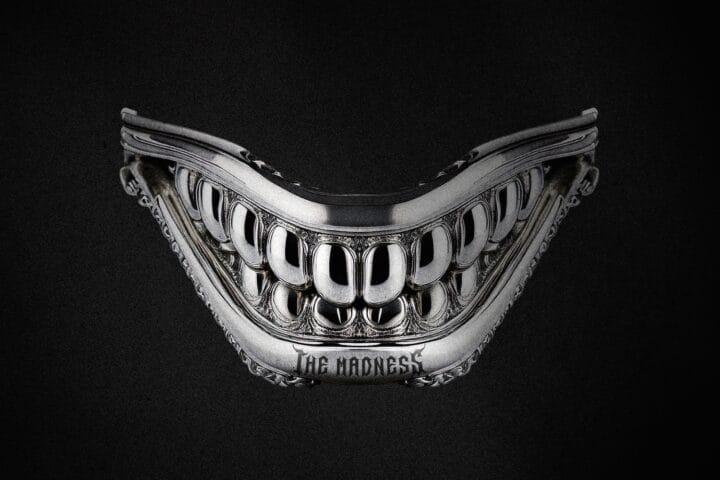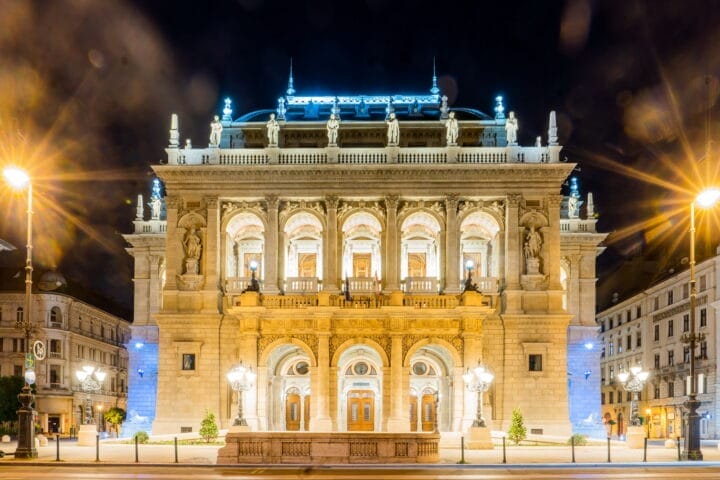Sergei Prokofiev was one of the preeminent late 19th and early 20th century classical composers. He is highly regarded for his innovative, unique approach to music that blends traditional classical music with modern, contemporary elements.
Prokofiev’s musical genius is evident in his works, from his ballets and operas to his symphonies and concertos. His works are characterized by their use of driving rhythms, dissonance, atonality and a great sense of drama that draws the listener in. His use of experimentation makes his music stand out from the traditional classical repertoire.
In this blog post, we will explore some of Prokofiev’s work, providing insight into the life of this master composer and how he revolutionized modern classical music. We will discuss his works in detail, as well as the musical techniques he used to create such incredible compositions.
Early Life and Education of Sergei Prokofiev
Sergei Prokofiev was born in the Russian Empire in 1891 and began taking piano lessons at a very early age. He studied theory and composition at the St. Petersburg Conservatory before traveling extensively throughout Europe and the United States. His musical education was supplemented by his travels to Paris, London, New York City, and Spain during his formative years.
Prokofiev’s unique approach to composition was informed by a range of influences from both Western and Eastern cultures. His works were marked by their use of lush harmonies, complex rhythms, and counterpoint textures that fused elements of jazz with traditional orchestral instruments. These elements were often combined to create powerful dramatic scenes that combined music with other forms of visual art such as ballet, opera, and theater.
As a composer during the early 20th century, Prokofiev was both revolutionary and influential in the development of classical music. He wrote numerous operas, ballets, symphonies, chamber music works, film scores, concertos for piano as well as other instruments. His compositions have since been embraced by both modern audiences and classical purists alike who recognize his genius for creating unique musical landscapes that continue to inspire listeners around the world today.
Classical Pieces by Prokofiev
Sergei Prokofiev was a master of modern classical music, leaving behind a legacy of memorable compositions. He wrote classical works such as his seven symphonies, operas, concerti, sonatas and ballets. His two most famous ballet scores were Romeo and Juliet and Cinderella.
Prokofiev’s symphonies are renowned for their sheer power and range, bringing together elements of neoclassicism, baroquism, Russian folk music and modernism. His first two piano concertos stand out amongst them with the third piano concerto being his most popular with audiences today. He also composed several popular film scores in the 1930’s and 40’s due to the political change in his home country.
No matter what the musical context or genre, Prokofiev could create music that was both emotionally powerful yet always accessible to the listener. In this way he stands as one of the 20th century’s greatest composers and an inspiration for all generations.
Breakthrough Compositions
Sergei Prokofiev was a master at creating groundbreaking compositions that combined romantic and modern elements. He wrote his most famous works during the 1920s and 1930s, when he was living in Paris, which is widely considered the ‘golden age’ of his music.
Prokofiev’s most impressive works include the ballet “Romeo and Juliet”, the opera “Love for Three Oranges”, and his five piano concertos. All of these compositions combine elements from different musical styles such as neoclassicism, modernism, and impressionism, creating a truly unique sound.
The ballet “Romeo and Juliet” is especially noteworthy, as it is highly acclaimed for its innovative use of harmonic structure and dissonance. In this work, Prokofiev reinterpreted Shakespeare’s classic play as a captivating dance narrative. For example, he used dramatic keys shifts to match Juliet’s shifting emotions throughout the story.
By combining multiple musical styles into compelling new pieces of work, Prokofiev created landmark compositions that will continue to endure in the classical repertoire for generations to come.
Movie Scores and Ballet Suites
Sergei Prokofiev’s work was not limited to symphonies, operas, and piano concertos – he also composed several popular movie scores and ballet suites. Prokofiev composed the score for the film Alexander Nevsky (1938), which earned him the Order of Lenin and international fame in the film industry. Additionally, he wrote numerous ballets, including Romeo and Juliet (1935), Cinderella (1945), The Stone Flower (1945) and The Flames of Paris (1930).
These musical works showcased Prokofiev’s unique ability to blend classical, folk, and romantic styles into unified pieces that were both lyrical and dramatic. Through passionate melodies and dramatic tempos, his music managed to capture the emotions of a scene without distracting from the action; thus making it perfectly suited for films and ballets alike.
What is it that makes Prokofiev’s compositions so timeless? His aptitude for melodic beauty combined with his skillful use of traditional orchestration made his works both accessible to modern audiences and respected by classical music aficionados alike. His works remain some of the most popular pieces in classical music today – combine them with a ballet or a film score and you have yourself a masterpiece!
Later Works and Legacy
Despite his success, Prokofiev’s music was still on the fringes of the classical music world during this time. His later works often cracked traditional barriers between art and popular music, bridging tonal and atonal worlds, combining modern elements with Russian folk-music traditions. He was constantly experimenting and pushing the boundaries of what was considered to be acceptable ‘classical’ music.
Prokofiev’s later works not only earned him fame and recognition in his home country but also gave him wider international recognition. His opera War and Peace is considered one of his most important works and is seen as a cornerstone in modern operatic history. He also wrote several symphonies, ballets such as Cinderella, and a variety of piano works. In addition to these works, Prokofiev composed many film scores for films such as Alexander Nevsky and Ivan The Terrible which earned him two Oscars in 1946.
With a career spanning five decades, Prokofiev left an undeniable mark on modern classical music—evident even today in many contemporary composers whose work reflects the influence of Prokofiev’s experiments in sound aestheticism. His innovations remain unmatched within the realm of classical music and he continues to influence generations of musicians worldwide with his unique musical style.
Performing Prokofiev in the Modern Era
As the modern era progresses, more and more of Sergei Prokofiev’s works are performed all around the world. With orchestras, chamber groups, ballet companies, and choirs all playing his works, each new generation of classical music lovers are discovering his brilliant music.
For many modern bands and orchestras, performing Prokofiev is an important part of connecting with a broader audience. His works remain mysterious and engrossing to this day, making them a great choice to showcase their talents.
In addition to traditional ensembles performing Prokofiev’s work, there has been a growing interest in modern interpretations of his music. From jazz bands to rock bands to electronic music artists, more and more performers are giving new life to Prokofiev’s works by adding their own unique spin to them.
These performances of Prokofiev demonstrate how timeless his music is. By combining elements from different genres and adding modern touches, these artists have breathed new life into the already beloved compositions.
Sergei Prokofiev was a master of modern classical music, a trailblazer in composition who embraced new musical forms and styles and infused them with his distinctive sound. He was a frequent visitor to the stage, often by challenging conventions and taking a different approach to the traditional. He also wrote works for film, radio, and a variety of instruments, making his mark in a variety of genres. Prokofiev was a virtuoso composer whose influence can still be heard today in the works of modern and classical musicians alike. His infectious melodies, intricate compositions, and bold use of tone continue to inspire musicians from all backgrounds.









